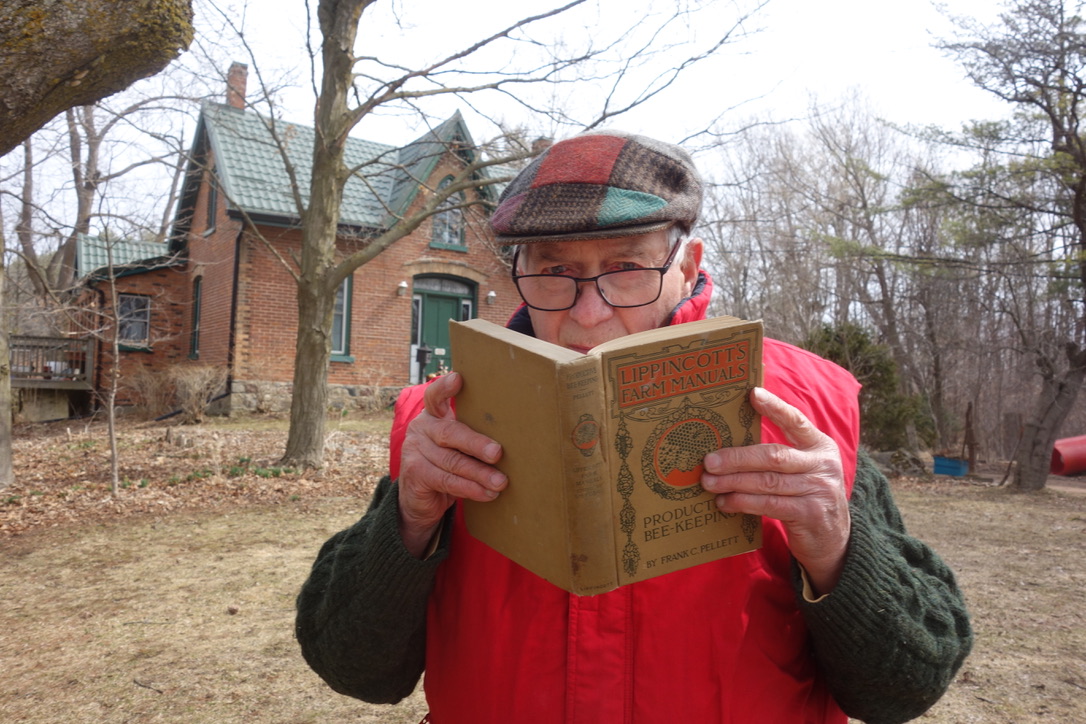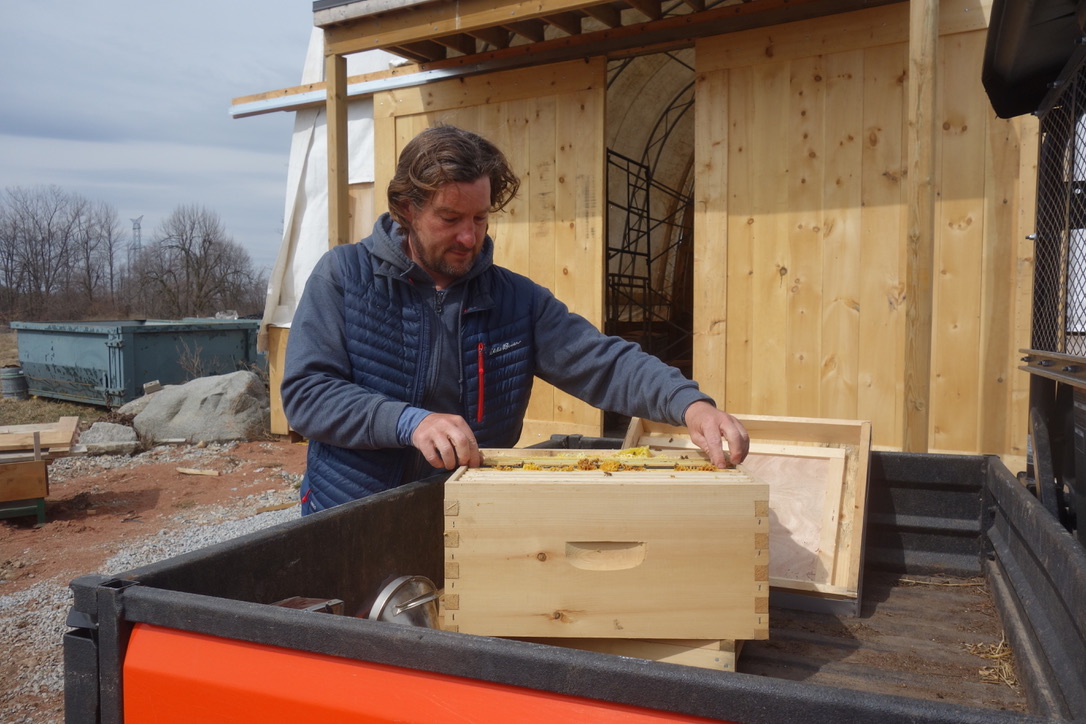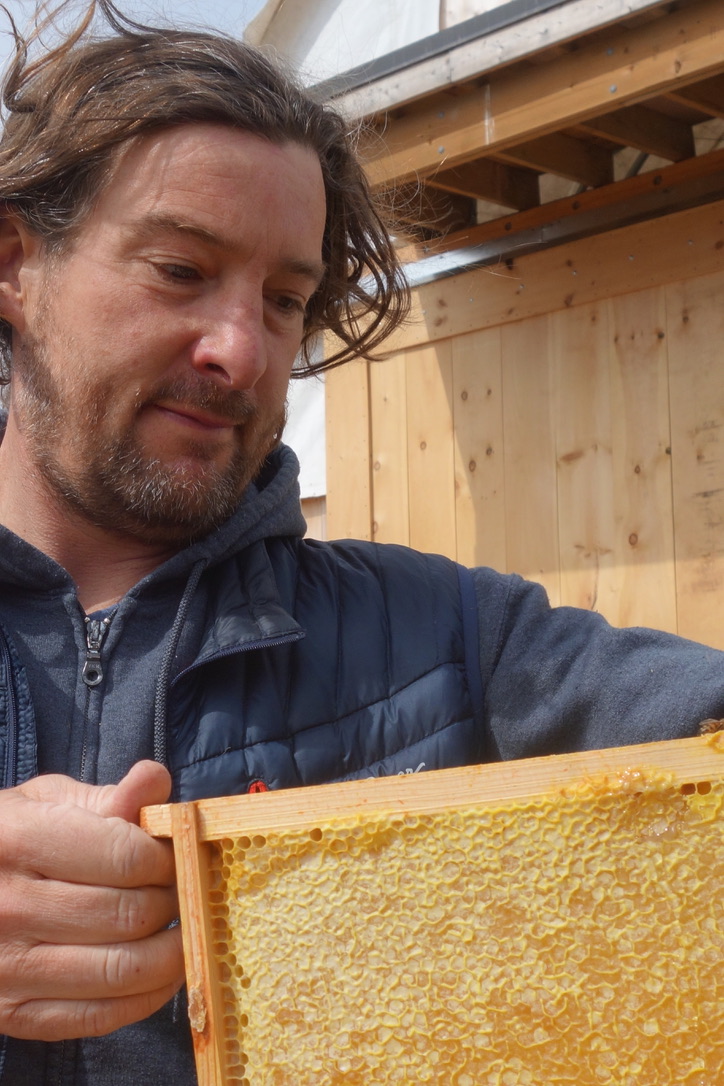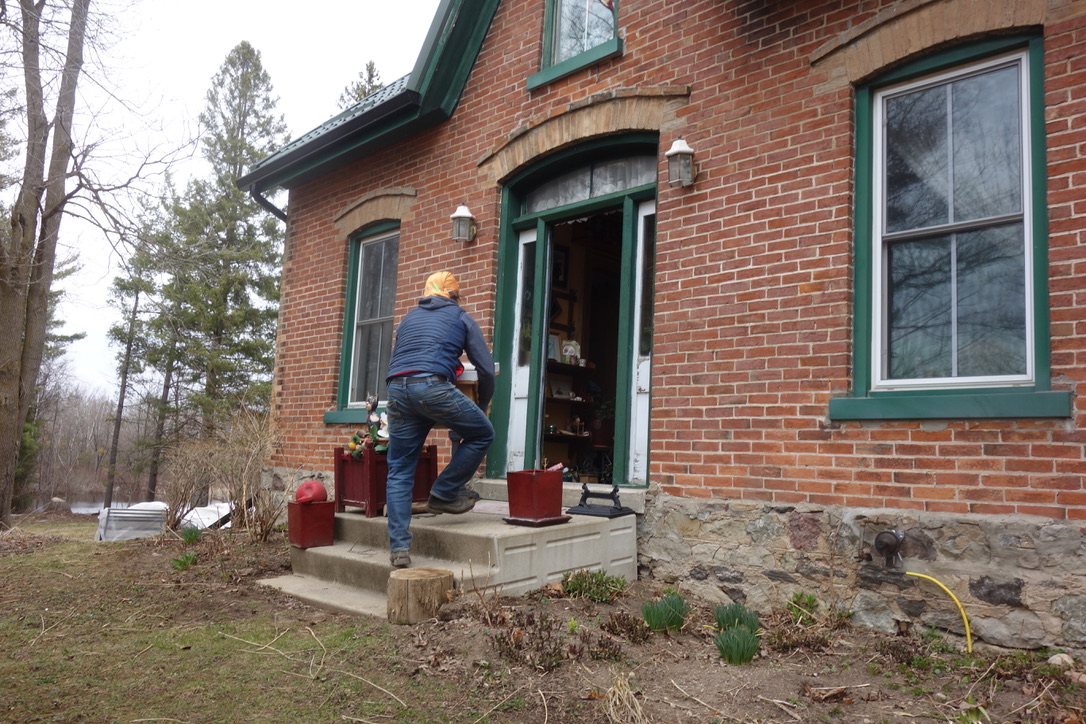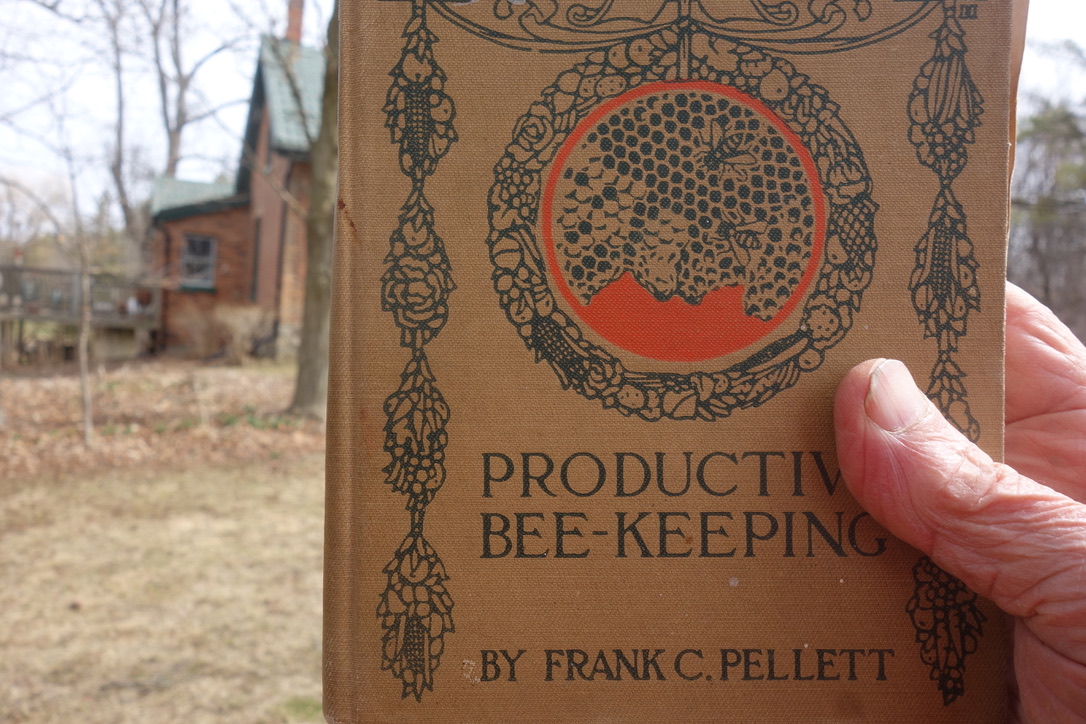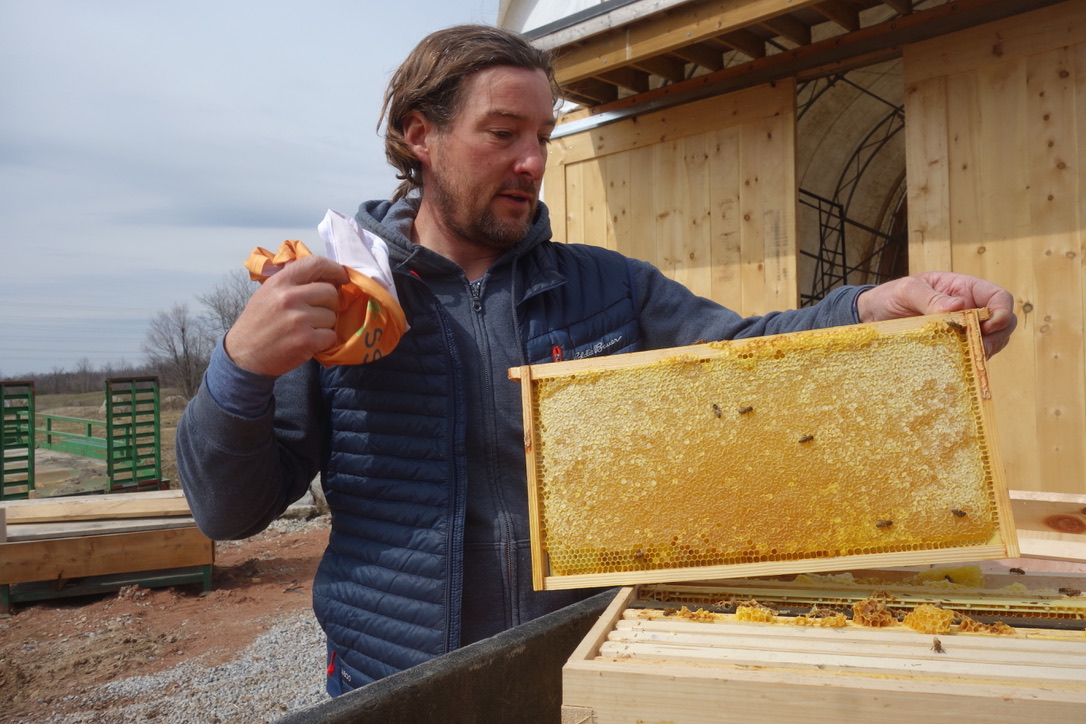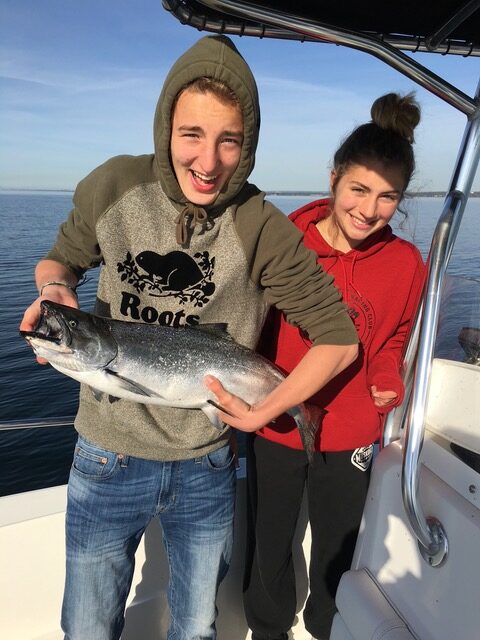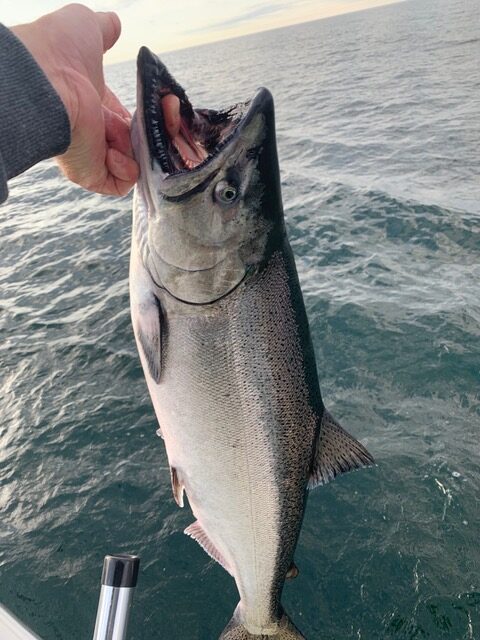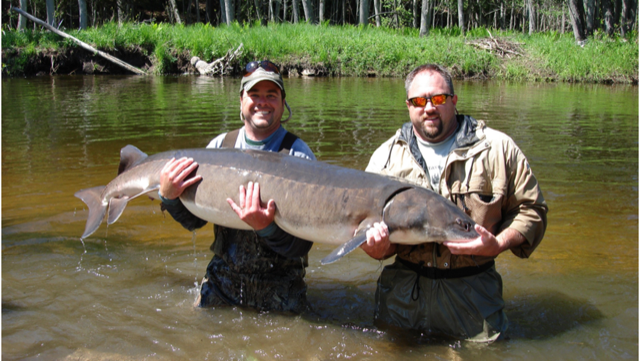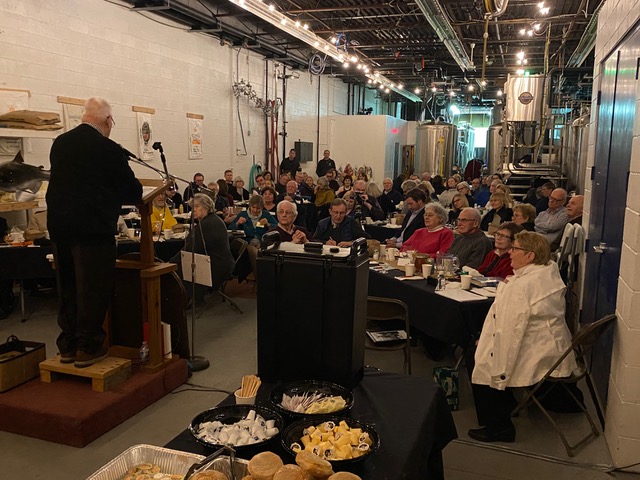EPISODE 300: LIFE AND DEATH IN THE LARGEST FISH BOWL ON PLANET EARTH (PART ONE)
SPEECH AT STONEHOOKER BREWERY (PART 1)
FEB. 29,2020
ALAN SKEOCH
FEB. 29, 2020
updated April 2, 2021
I HAVE NO BOAT. I HAVE NO FISHING ROD. I HAVE NO SPEAR. I CAN SWIM BUT POORLY SO.
BUT I DO HAVE IMAGINATION.
TODAY WE STAND ON THE EDGE OF THE GREATEST SOURCE OF FRESH WATER IN THE WORLD.
A WORLD THAT WILL NEED THIS WATER IN FUTURE YEARS. FOR WE ARE ALL MADE MOSTLY OF
WATER.
Today
I STAND HERE AND MARVEL AT THE FORCES THAT GROUND OUT THIS HUGE AND DEEP SERIES
OF LAKES. GREAT LAKES INDEED IT IS A HUMBLING EXPERIENCE.
I WOULD LIKE TO TELL YOU MY EXPERIENCE WITH THIS LAKE. SOME FIRST HAND…SOME
SECOND HAND. EIGHT DECADES HAS BEEN LOTS OF TIME TO WONDER. BUT EIGHT DECADES
IS ONLY AS A GRAIN OF SAND ON THE BEACHES OF THIS LAKE.
A TITLE? “LIFE AND DEATH IN THE LARGEST FISH BOWL ON PLANET EARTH”
THIS LAKE WAS NOT ALWAYS HERE. BEFORE LAKE ONTARIO EMERGED THERE WAS A HUGE
INLAND SEA . A SEA SO BIG THAT IT COVERED MOST OF THE PLANET EARTH. BENEATH US
THAT SEA HAS LEFT REMINDERS. FOSSILIZED CREATURES PRESSED INTO ANCIENT MUD, NOW
SHALE.
SOME OF THE FIRST CREATURES TO LIVE ON OUR PLANET. CREATURES SO OLD THAT EVEN
THE BEST MINDS IN THIS ROOM WILL BE BOGGLED. CREATURES 588 MILLION YEARS OLD…CREATURES
THAT LIVED IN THIS ORDOVICIAN SEA FOR 43 MILLON YEARS AND THEN IN THE TWINKLING OF THE EYE
OF TIME WERE GONE. MOST WERE GONE IN ONE OF THE FIVE GREAT EXTINCTIONS THAT HAVE
HAPPENED HERE.
LET ME DESCRIBE ONE OF THESE CREATURES. THE CRINOID. AN ANIMAL THAT LOOKED LIKE
A PLANT. FEET THAT GRASPED THE SEA BOTTOM. A LONG SPINAL CHORD THAT LOOKED LIKE
A PIECE OF ROPE. AT TOP THAT HAD MANY LONG TENTACLES THAT GRABBED PLANKTON AND
SHOVED THE FOOD INTO A GAPING MOUTH. AN ANIMAL WITH MOUTH AND BUM LOCATED SIDE
BY SIDE. MOST CRINOIDS ARE SMALL BUT NOT ALL WERE SUCH. THE LARGEST WAS 140 FEET LONG.
EXTINCT NOW? NOT QUITE. ONE WAS SIGHTED IN THE BAHAMAS RECENTLY.
YOU WOULD NOT WANT TO MEET THIS GUY…NAUTILOIDS ARE CARNIVEROUS…SOME STILL EXIST DEEP IN
THE PACIFIC OCEAN…THEY ARE NOCTURNAL…NASTY.
FOSSIL OF A GIANT TRILOBITE FOUND IN AUSTRALIA. SMALLER TRILOBITES
ARE COMMON FOSSILS FOUND IN SEDIMENTARY ROCK AROUND THE GREAT LAKES.
NAUTILOIDS AND TRILOBITES SWAM AMONG THE CRINOIDS. STRANGE CREATURES.
PALEOZOIC ERA WHICH LASTED FROM 542 TO 250 MILLION YEARS AGO…300 MILLION YEARS!
THE BAHAMAS. THAT IS WHERE PORT CREDIT WAS MILLIONS OF YEARS AGO. IN THE TROPICS. THE EARTH
IS A LIVING THING…IT MOVES AROUND. WE LIVE ON TOP OF THESE HUGE TECTONIC PLATES FLOATING
ON THE LIQUID MAGMA BENEATH US.
YOU CAN FIND CRINOIDS IF YOU WANT TO. EASY. JUST FIND A SHINGLE BEACH LIKE THE RATTRAY
MARSH. THOSE SHINGLES…FLAT SLABS OF SHALE…ARE MILLIONS OF YEARS OLD AND IMPRESSED
IN MANY ARE CRINOID FOSSILS.
ONE TINY SHINGLE BEACH STILL EXISTS IN PORT CREDIT. BUT NOT FOR LONG. DEVELOPERS WILL SOON
GOBBLE THAT UP.
THE GAP BETWEEN THEN AND NOW IS MILLIONS OF YEARS WIDE. TOO WIDE FOR MY MIND TO DO
ANYTHING BUT MARVEL.
MY STORIES ARE MOSTLY PLACED IN THE PRESENT….THE LAST 200 YEARS. LONG AFTER THE GLACIERS
GROUND OUT OUR LAKE BOTTOM…THEN FILLED THAT HUGE CAVITY WITH MELT WATER.
MONSTERS
MY STORIES ARE SHORT.
The Port Credit Monster…July 1892, Mr. and Mrs. Park spotted a serpent near Kingston…”eyes looked like balls of fire…” attacked them he fought it off with a pole. Repeated sightings followed. Oshawa, Whitby, Main Duck Islands…it was heading our way…fisherman claimed it was 40 feet long, 18 inches thick…Scarborough, Toronto…kids began making sea monsters out of logs…August 1,1892…monster sighted off Port Credit…marathon swimmers training at the time…saw the monster…10 feet long…”Get out of the water, quick!”, screamed parents to the kids of Port Credit…At dusk Ambrose Adams, park caretaker set out in a rowboat to investigate…took a crowbar with him…newspaper sent a reporter…Adams returned at dark, announced the danger had passed for he had captured the monster and tied it to the lighthouse. Newspaper reporter went wild…got a boat and flashlight…found the monster…a wooden rocking horse with a long tail of seaweed attached….Did that end the sightings…No. Oct. 12, 1892, Port Credit fire chief William Newman and his son-in-law reported they had seen a creature 100 feet long. “Without a mistake” “We were standing on the shore close to the Port Credit Lighthouse when we sighted the serpent coming toward us, and travelling at something like 30 miles an hour. It had a large, green head, resembling that of a lion, and would be about 20 feet in length.” The Chief said it swam in a zigzag course…water foamed around it. People crowded Port Credit beaches in 1892. But the serpent was never seen again. Maybe one of you will see it someday.
THAT WAS A FAKE MONSTER…FOOLED MANY. BUT BELIEVE YOU ME THERE ARE MONSTERS IN OUR LAKE.
FOR THOUSANDS OF YEARS HUMANS LIVED ALONG OUR LAKESHORE AND UP THE CREDIT RIVER. THEY
DEPENDED UPON THE LAKE FOR THEIR SURVIVAL AND THE LAKE NEVER FAILED THEM. EACH YEAR THEIR
DRYING RACKS WERE FESTOONED WITH ATLANTIC SALMON SPEARED WITH EASE AT THE MOUTH OF THE
CREDIT RIVER.
SOME MONSTERS WERE HUMAN
FIRST NATION PEOPLE’S HISTORY ON THE CREDIT RIVER AND LAKE ONTARIO IS MUCH LONGER THAN THOSE OF EUROPEANS. PERHAPS
THE WORST EVENT OCCURRED HERE WHEN THE MISSISSAUGA CANOES RETURNED FROM TORONTO
WITH THE BODY OF CHIEF WABAKININE AND HIS WIFE. BOTH MURDERED BY SGT McEWEN OF THE QUEEN’S
YORK RANGERS AND A COUPLE OF WHITE SETTLERS. MY WIFE, MARJORIE, DOES NOT LIKE ME TO TELL THIS
STORY FOR IT REFLECTS POORLY ON HUMAN BEHAVIOUR. LAUNDERING HISTORY IS HARD TO JUSTIFY.
MCEWEN AND HIS FRIENDS WERE INTENT OF RAPE…DRAGGED CHIEF WABAKININE’S SISTER FROM BENEATH
HER CANOE ONE NIGHT. THE CHIEF’S WIFE ALERTED THE CHIEF WHO TRIED TO INTERVENE. HE HAD BEEN
DRINKING. HE WAS BEATEN SO BADLY HE DIED…AS DID HIS WIFE. MCEWEN WAS ARRESTED BUT THE CASE
WENT NOWHERE. THIS NEARLY TRIGGERED A WAR THAT THE MISSISSAUGAS MEIGHT HAVE WON HAD NOT
JOSEPH GRANT INTERVENED. CAUTIONED THAT BRITISH ARMY WAS TOO LARGE TO FIGHT.
THE CHIEF AND HIS WIFE WERE BURIED HERE…SOMEWHERE.
Push came to shove in an even more ghastly way. Again water was involved. Chief Wabikinine, his wife and sister, paddled along our waterfront en route to Fort York to trade skins and dried salmon. Trading involved brandy. Traders were an unscrupulous lot in general. Get the natives drunk, makes trading easier…more one sided. Wabakinine was to be followed by the rest of the band the next day.
He got into the brandy early. Tottered to bed in his tent. A soldier from Fort York, Sgt Mcuen by name, and a couple of settlers, came along and pulled Wabakinine’s sister out from under her canoe where she was sleeping. Wabakinine and his wife tried to stop them. He was clobbered on the head as was his wife…more than a concussion…a fatal blow. The band found him and took him home along our waterfront…perhaps to Bronte harbour, maybe here in Port Credit…where he died. Nearly triggered a First Nation war…which was the last chance of a Mississauga victory for warriors were available. But Joseph Brant cautioned against action.
AFTER A BEWILDERING SERIES OF TREATIES AND LAND ’SURRENDERS’,…THE SURVIVORS OF EUROPEAN DISEASES AND DECEPTIONS MOVED TO THE NEW CREIDT
RESERVE WHERE THEY LIVE TO THIS DAY. I SPOKE THERE A YEAR AGO AND WAS TREATED WARMLY I MIGHT ADD.
IN THOSE EARLY YEARS, LAKE ONTARIO WAS THE ONLY ROAD…A WATER ROAD. SO PLACES LIKE PORT CREDIT WITH
A NATURAL SHELTERED HARBOUR WERE IMPORTANT. SO IMPORTANT WAS THE CREDIT RIVER THAT JOHN GRAVES
SIMCOE CONSIDERED LOCATING HIS GOVERNMENT HERE RATHER THAN TORONTO. THE NAVIGABLE PART OF THE
CREDIT RIVER WAS TOO SHORT. HAD THE REVERSE HAPPENED OUR VILLAGE WOULD HAVE BECOME A METROPOLIS
DOMINATED BY THE CN TOWER.
THIS SEEMS A GOOD TIME TO CONSIDER THE LAKE ITSELF.
SETTLERS FLOODED ONTARIO IN THE 19TH CENTURY. THEIR IMPACT CHANGED THE LAKE. THEY BUTCHERED THE FORESTS FOR BARREL STAVES, LUMBER AND MASTS FOR THE
KING’S SHIPS. THEY SET FIRES EVERYWHERE FOR FOR POTASH TO MAKE EXPLOSIVES AND PERFUME. THEY KILLED THE ATLANTIC SALMON WHOSE GILLS COULD NOT HANDLE SAWDUST. WORSE
STILL WERE THE DAMS. WATER WAS POWER BUT ONLY IF THE RIVERS WERE DAMMED. THE DAMS HAMPERED FISH FROM SPAWNING. THE CONSTANT DUMPING OF RAW SEWAGE
DID NOT HELP. WE WERE FOULING OUR OWN NEST. FISH REPRODUCTION WAS DIFFICULT…HOW COULD FISH GET OVER A DAM?
THE PROBLEM OF POLLUTANTS BECAME SO SEVERE BY 1977 THAT BOTH CANADA AND THE UNITED STATES PASSED THE CLEAN WATER ACT THAT MADE THE DUMPING OF
RAW SEWAGE AND INDUSTIRAL POLLUTANTS IN STREAMS AND RIVERS WAS MADE A CRIMINAL OFFENCE. THE TRIGGER FOR ACTION WAS A RIVER IN NEW YORK STATE
THAT REGULARLY BURST INTO FIRE. THAT DID NOT HAPPEN UNTIL LATE IN THE 20TH CENTURY. THE CLEAN WATER ACT WAS ACCLAIMED AS LONG OVERDUE. BUT IT WAS LIMIED
TO SEWER PIPES AND FACTORY DRAINS. NOTHING WAS SAID ABOUT PESTICIDE RUNOFF FROM FARM FIELDS.
REMEMBER THE LAKE MONSTER…10 TO 100 FEET LONG WITH A DRAGON HEAD. SPOTTED OFFSHORE AT PORT CREDIT IN 1893? REMEMBER I SAID THERE WOULD BE WORSE MONSTERS.
BY 1960 THE FISH IN LAKE ONTARIO WERE BEING KILLED BY A REAL MONSTER. ONE OF THESE MONSTERS COULD KILL 18 KILOGRAMS OF SALMON, TROUT OR STURGEON. THE MONSTER
IS THE SEA LAMPREY. UGLY THINGS WITH A HEAD LIKE A SINK PLUNGER ONLY FILLED WITH HOOKS. GRABS A SALMON AND SUCKS ITS FLESH AND BLOOD UNTIL THE FISH DIES. ONE LAMPRY
WAS KILLING DOZENS OF LARGE FISH IN LAKE ONTARIO BY 1960. SO MANY THAT THE WHOLE FISHERY WAS IN JEOPARDY. THE PROBLEM HAS BEEN PARTIALLY SOLVED BY PUTTING LAMPREY
POISON IN THE HEADWATERS OF OUR CREEKS AND RIVERS WHERE THEY BREED. 90% HAVE BEEN REMOVED. NOT PERFECT.
BY 1960 THE LAKE ONTARIO FISHERY WAS IN JEOPARDY FOR MANY REASONS. POLLUTION AND LAMPREYS WERE ONLY TWO OF THEM. OVERFISHING. NO LIMITS.
NO PRESERVATIVES BUT BLOCKS OF ICE HARVESTED IN WINTER TIME AND STACKED IN FLIMSY ICE SHACKS TO TRY AND STAVE OF DECOMPOSITION.
HOW MANY FISH COLD GET THROUGH THIS FISH NET? NOT MANY.
LITTLE MENTION IS MADE OF THIS FISHERY BY HISTORIANS. PERHAPS BECAUSE NO GREAT WEALTH EVER CAME FROM IT. BUT THERE ARE SNIPPETS HERE AND
THERE SUCH AS THE 1927 NOTE IN THE BRAMPTON COMPOSITOR THAT THE LARGEST LAKE TROUT EVER CAUGHT WAS NETTED BY A.J. JOYCE OF PORT CREDIT, A FISHERMAN.’
THAT TROUT WEIGHED 32.5 POUNDS. BY 1917 COMMERCIAL FISHING WAS A DYING INDUSTRY. POLLUTION, SEA LAMPREYS, OVERFISHING.
SEE FUTURE EPISODES
alan skeoch
Feb. 29 2020
updated April 2, 2021
POST SCRIPT
WE ARE ENJOYING DINNER IN THE STONEHOOKER BREWERY, NAMED IN HONOUR OF PORT CREDIT’S STONEHOOKING PAST
ON ANY GIVEN DAY IN THE 19TH CENTURY THERE WOULD
BE 25 TO 30 SCHOONERS ANCHORED IN PORT CREDIT. FEW OF THEM FISHED FOR FISH. MOST OF THEM FISHED FOR SLABS OF SEDIMENTARY ROCK…SHALE. STONEHOOKERS THEY WERE CALLED.
UNIQUE. PECULIAR. STONEHOOKERS USED OLD SCHOONERS…SAILING SHIPS RENDERED OBSOLETE BY STEAM POWERED SHIPS. MOST OF THESE STONEHOOKERS WERE NOT
PRETTY TO LOOK AT. MORE ABOUT THEM WILL COME IN LATER EPISODES.
WHY WOULD PEOPLE WANT TO ‘FISH FOR SLABS OF ROCK’? THINK ABOUT IT.
TYPICAL STONEHOOKING SCHOONER IN PORT CREDIT HARBOUR CIRCA 1900
![]()
heritagemississauga.com/wp-content/uploads/2020/09/Unknown-People-Stonehookers-of-Port-Credit-300×182.jpg 300w” sizes=”(max-width: 723px) 100vw, 723px” apple-inline=”yes” id=”601D5FA6-2B44-414F-B6D4-6685AA5B8795″ src=”http://alanskeoch.ca/wp-content/uploads/2021/04/Unknown-People-Stonehookers-of-Port-Credit.jpeg”>

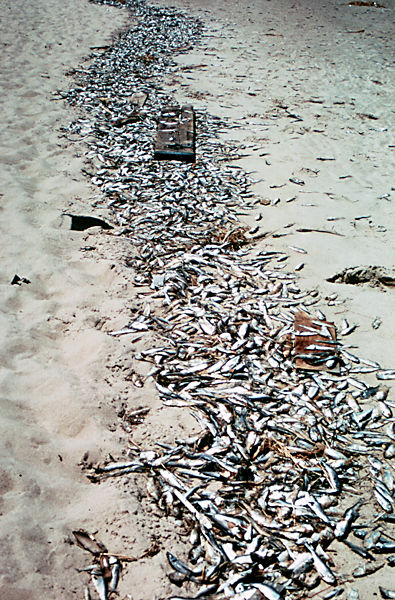


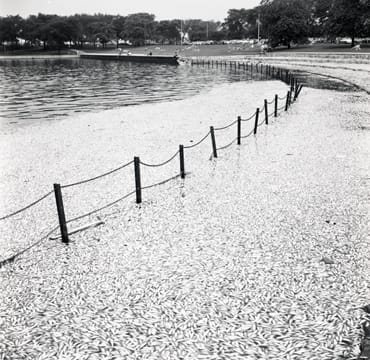

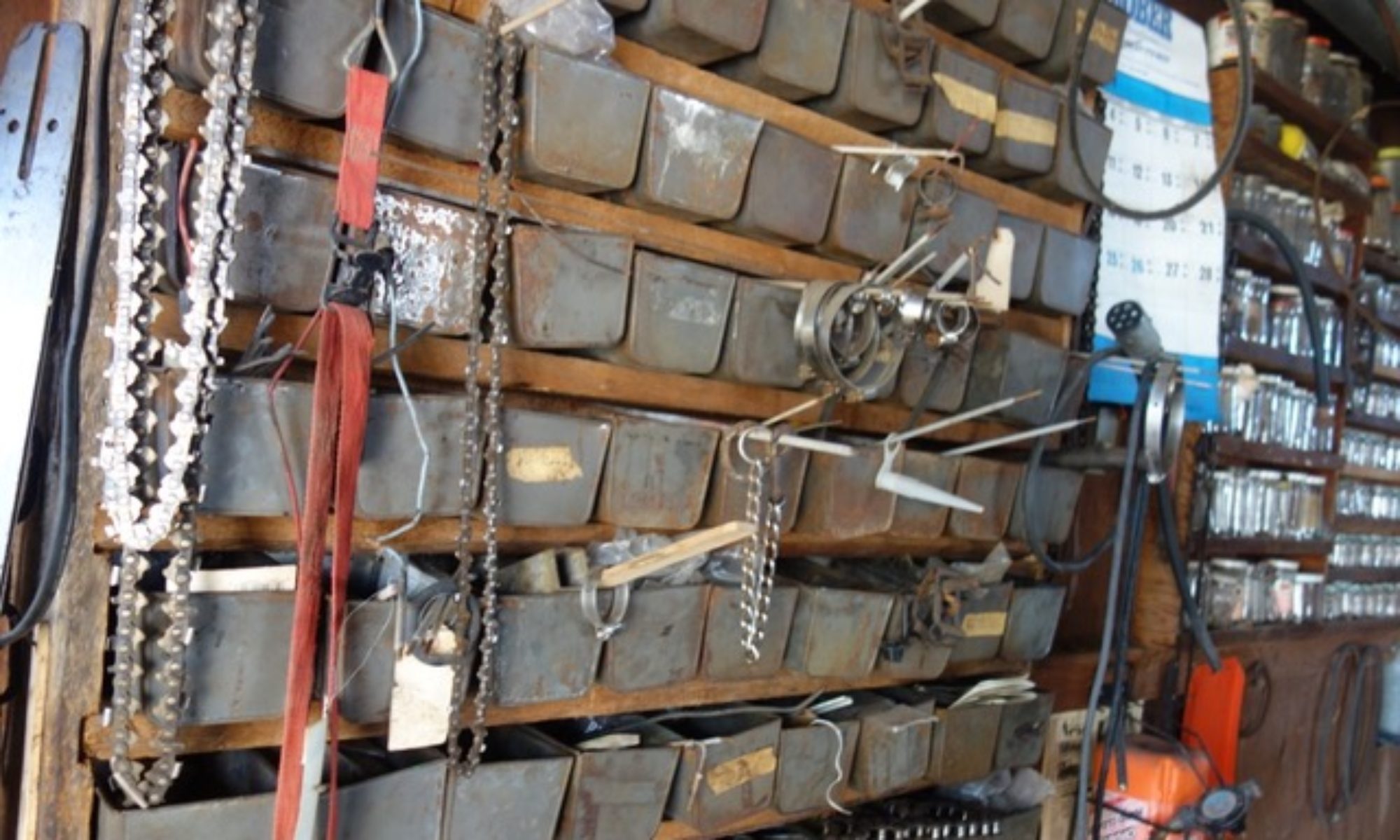



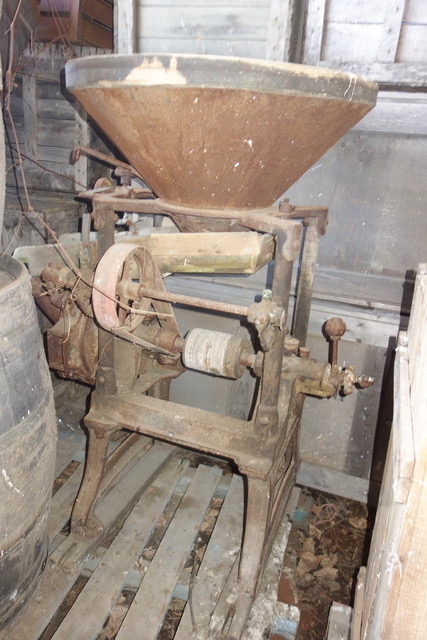

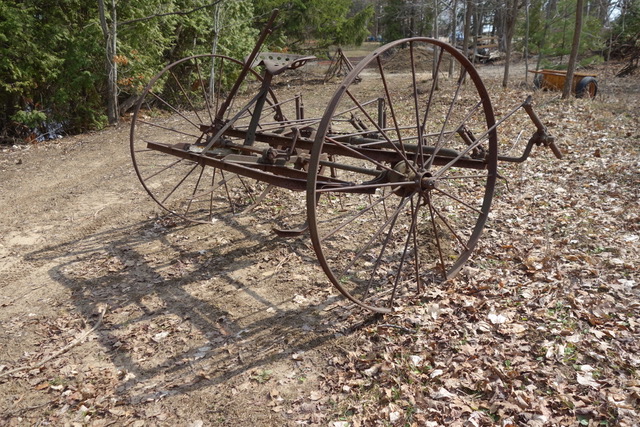
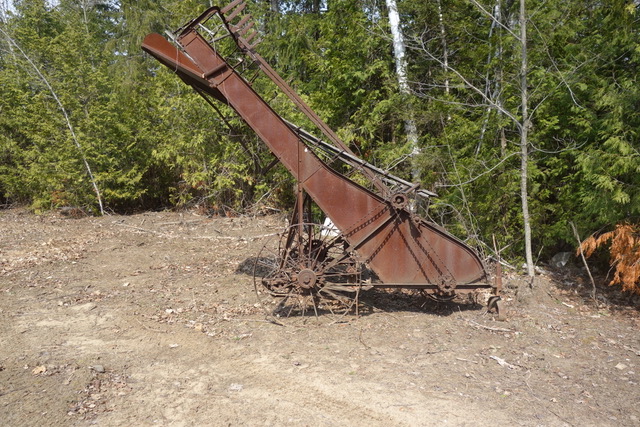
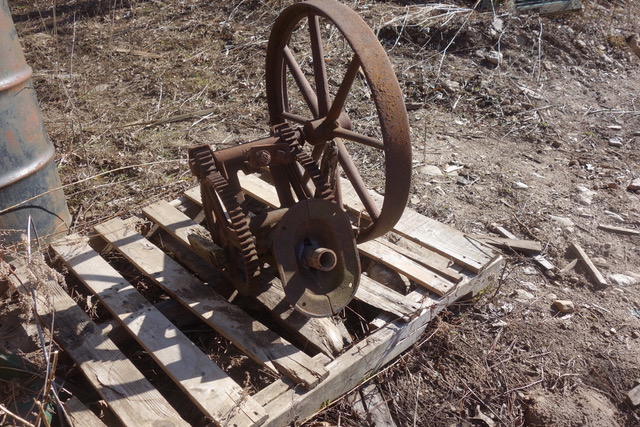


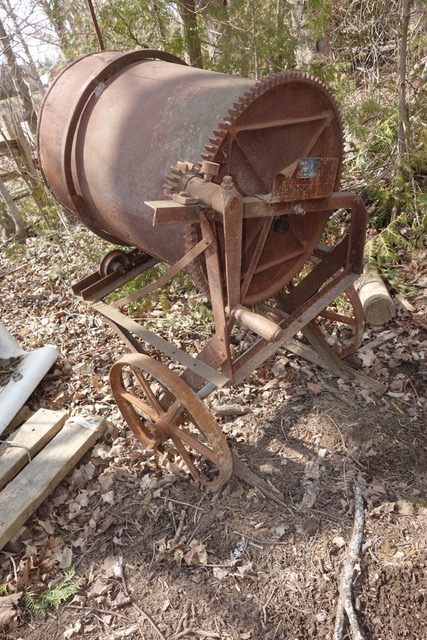

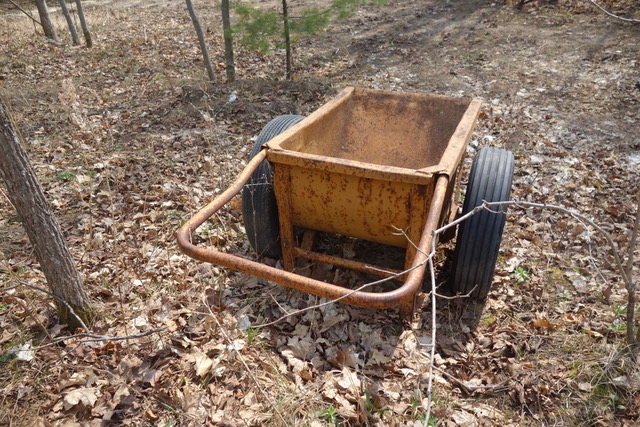
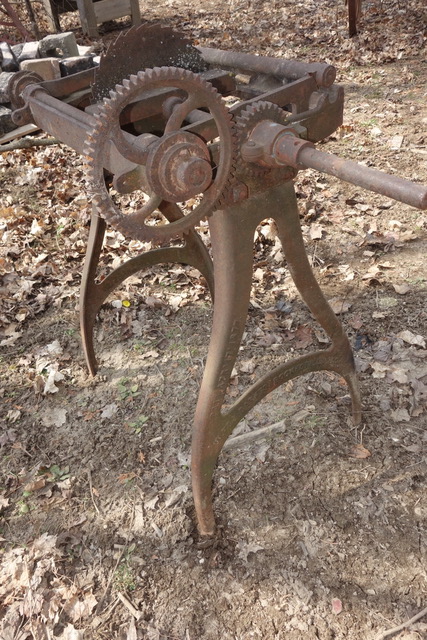
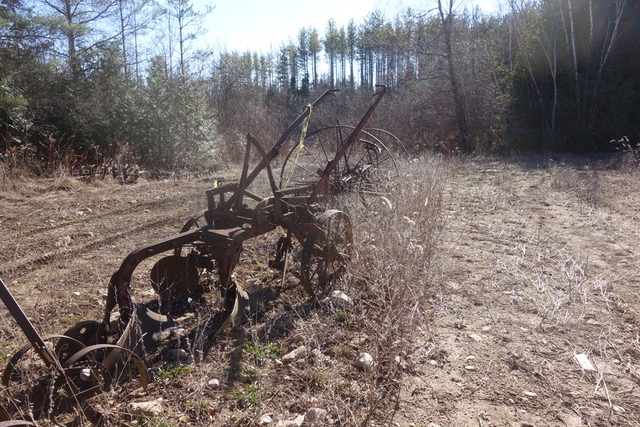

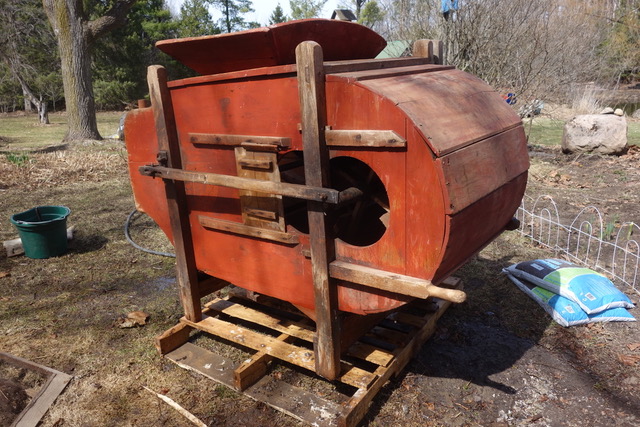
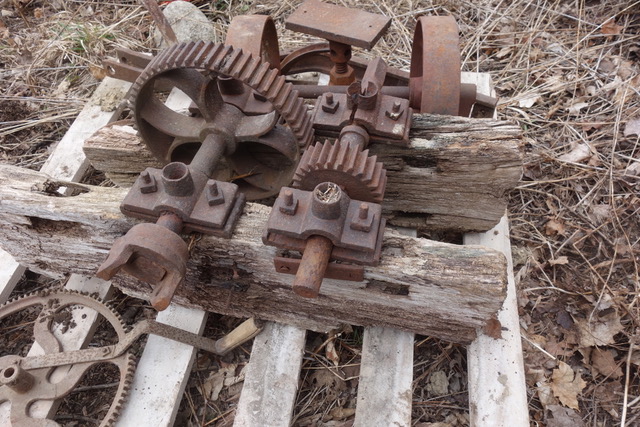


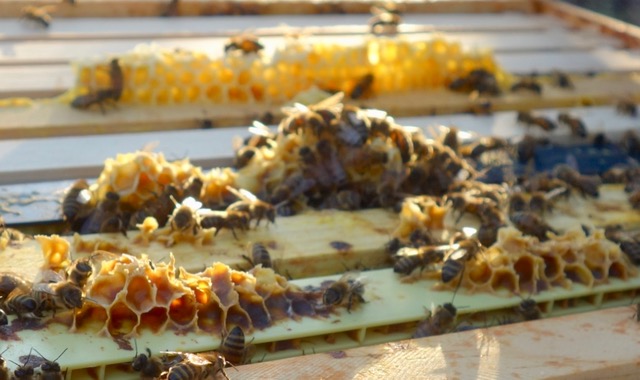
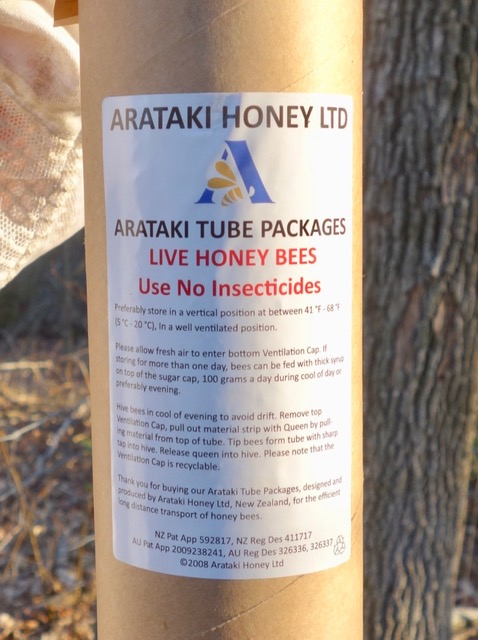
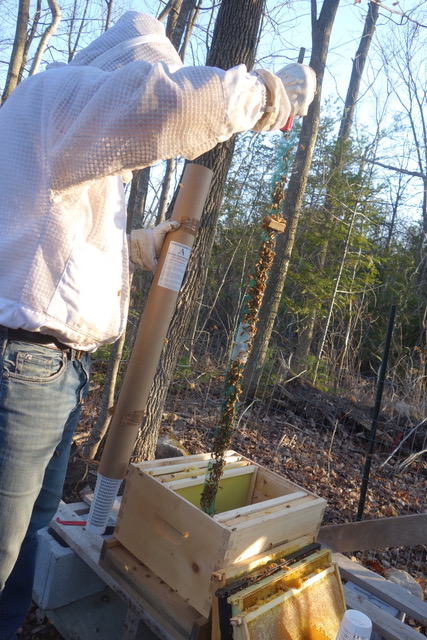

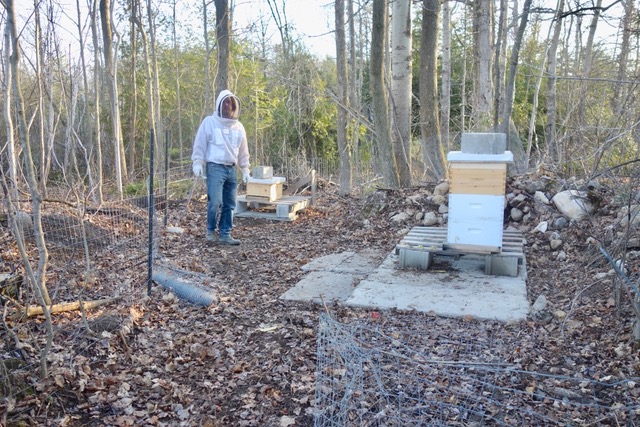

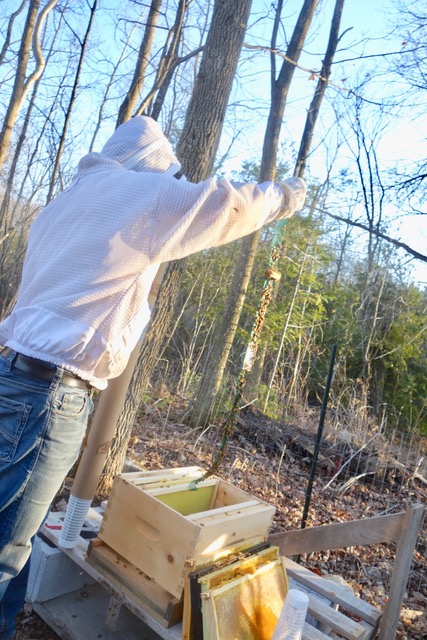

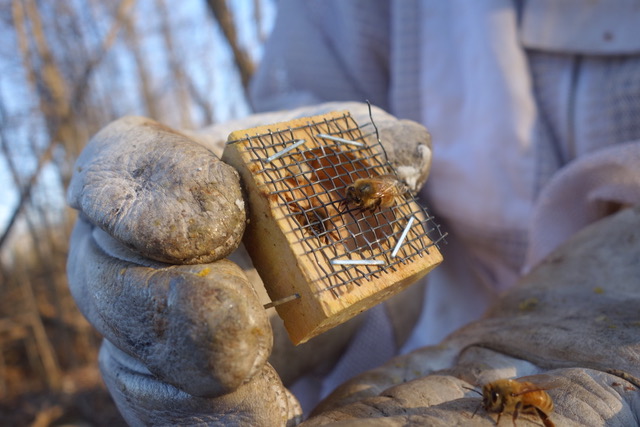

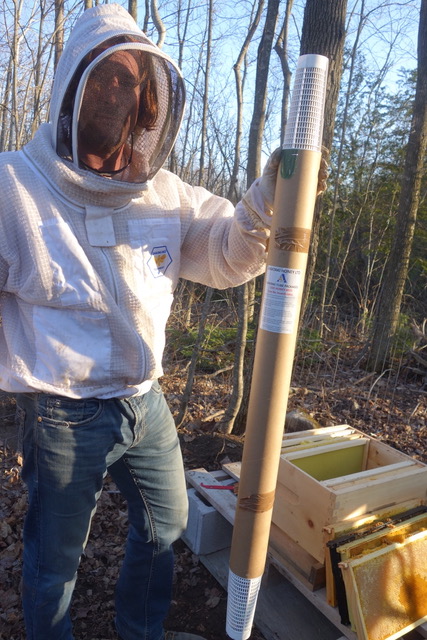
 www.science-rumors.com/wp-content/uploads/2018/10/Fact-about-Sea-Lamprey-to-know-What-this-Creature-is-300×148.jpg 300w,
www.science-rumors.com/wp-content/uploads/2018/10/Fact-about-Sea-Lamprey-to-know-What-this-Creature-is-300×148.jpg 300w, 
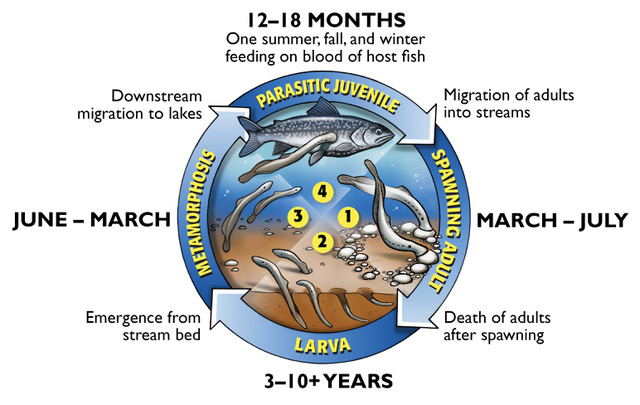
 www.science-rumors.com/wp-content/uploads/2018/10/20-Facts-about-Sea-Lamprey-to-know-What-this-Creature-is-300×180.jpg 300w,
www.science-rumors.com/wp-content/uploads/2018/10/20-Facts-about-Sea-Lamprey-to-know-What-this-Creature-is-300×180.jpg 300w,  www.science-rumors.com/wp-content/uploads/2018/10/Sea-Lamprey-group-300×181.jpg 300w” sizes=”(max-width: 523px) 100vw, 523px” apple-inline=”yes” id=”41A024F2-E1B4-4713-A977-0D715B6CE2B9″ src=”http://alanskeoch.ca/wp-content/uploads/2021/04/Sea-Lamprey-group.jpg”>
www.science-rumors.com/wp-content/uploads/2018/10/Sea-Lamprey-group-300×181.jpg 300w” sizes=”(max-width: 523px) 100vw, 523px” apple-inline=”yes” id=”41A024F2-E1B4-4713-A977-0D715B6CE2B9″ src=”http://alanskeoch.ca/wp-content/uploads/2021/04/Sea-Lamprey-group.jpg”>

 heritagemississauga.com/wp-content/uploads/2013/08/Lorne-Joyce-20101-570×428.jpg 570w,
heritagemississauga.com/wp-content/uploads/2013/08/Lorne-Joyce-20101-570×428.jpg 570w, 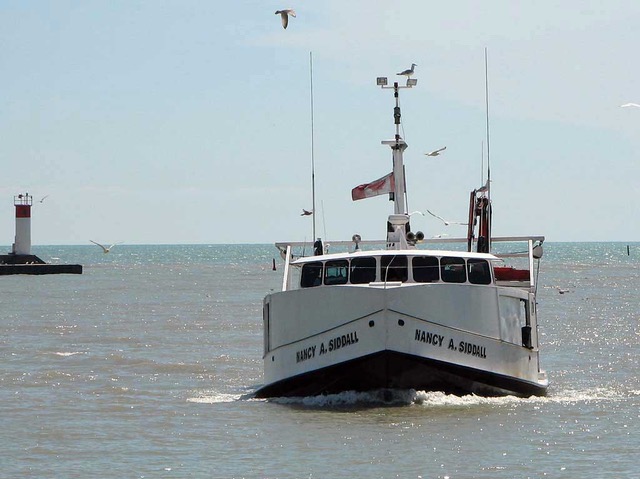
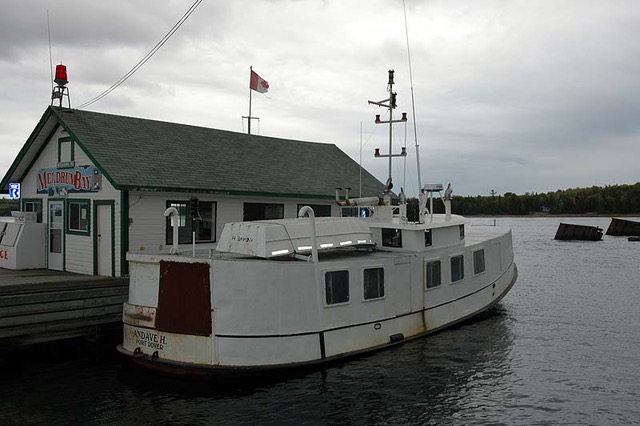
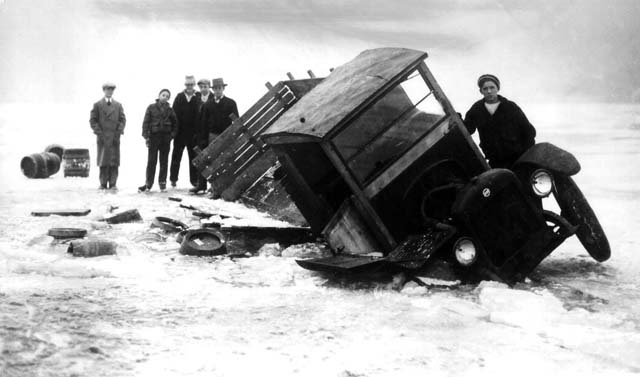

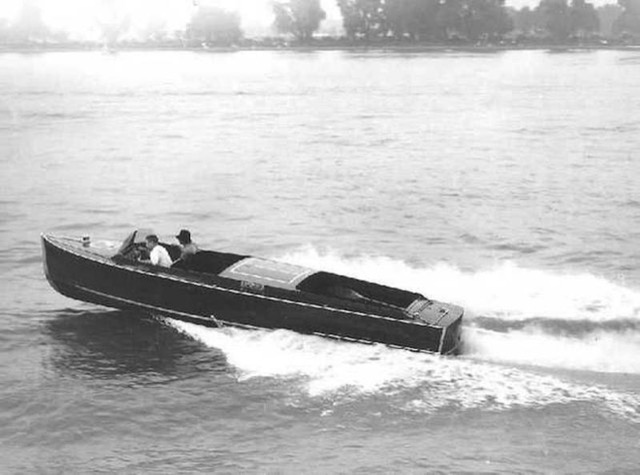
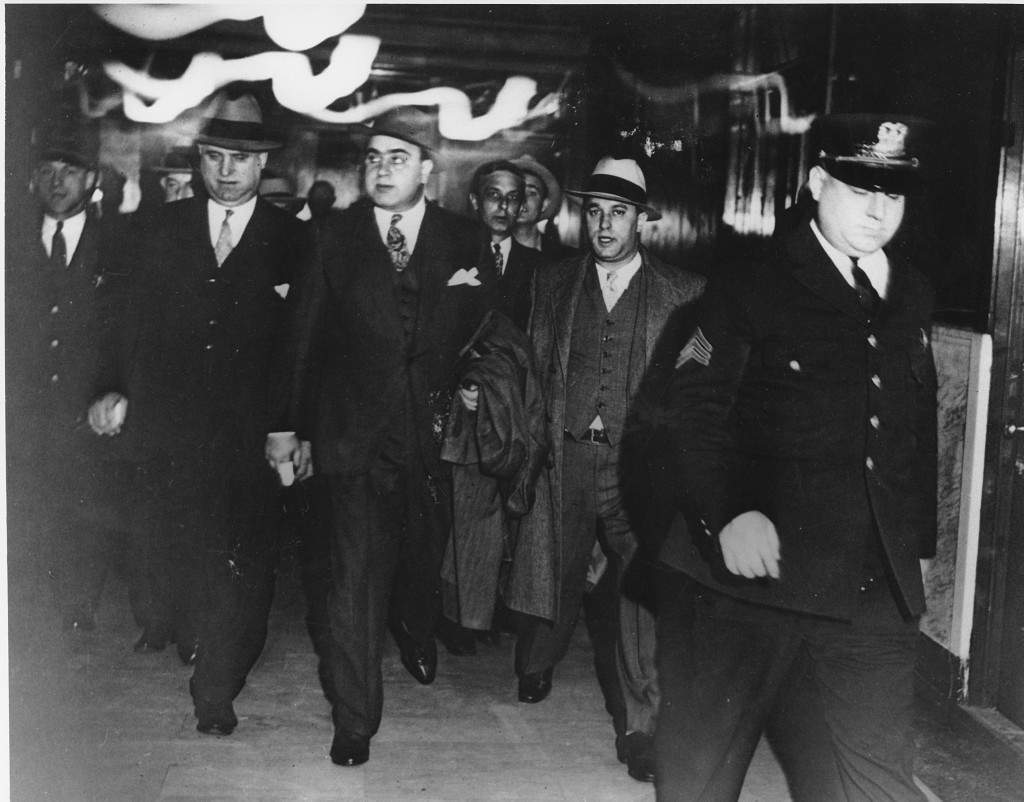 flashbak.com/wp-content/uploads/2014/11/PA-2534968-300×235.jpg 300w” sizes=”(max-width: 709px) 85vw, (max-width: 909px) 67vw, (max-width: 1362px) 62vw, 840px” apple-inline=”yes” id=”AA3A4A80-7D4D-46BC-8FC8-A7EB5E7C0D29″ src=”http://alanskeoch.ca/wp-content/uploads/2021/04/PA-2534968-1024×802-1.jpeg”>
flashbak.com/wp-content/uploads/2014/11/PA-2534968-300×235.jpg 300w” sizes=”(max-width: 709px) 85vw, (max-width: 909px) 67vw, (max-width: 1362px) 62vw, 840px” apple-inline=”yes” id=”AA3A4A80-7D4D-46BC-8FC8-A7EB5E7C0D29″ src=”http://alanskeoch.ca/wp-content/uploads/2021/04/PA-2534968-1024×802-1.jpeg”>
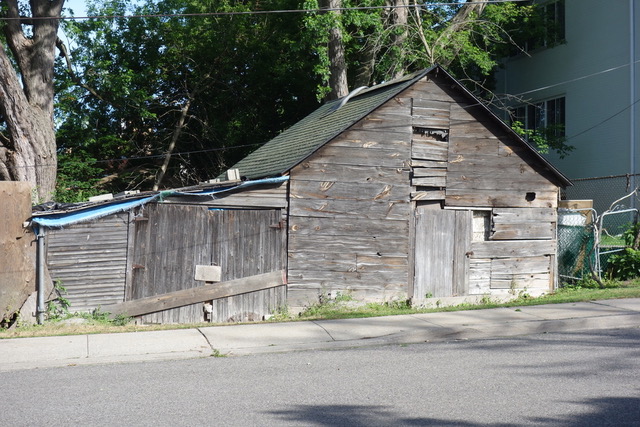



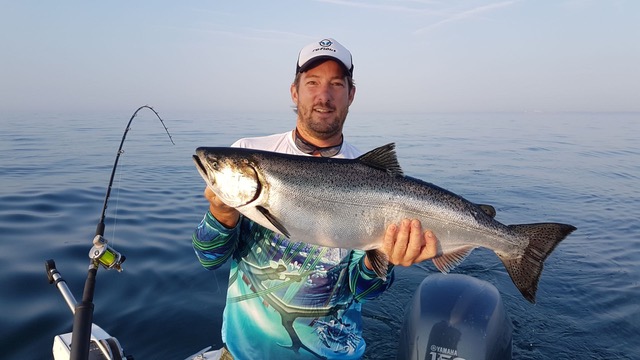








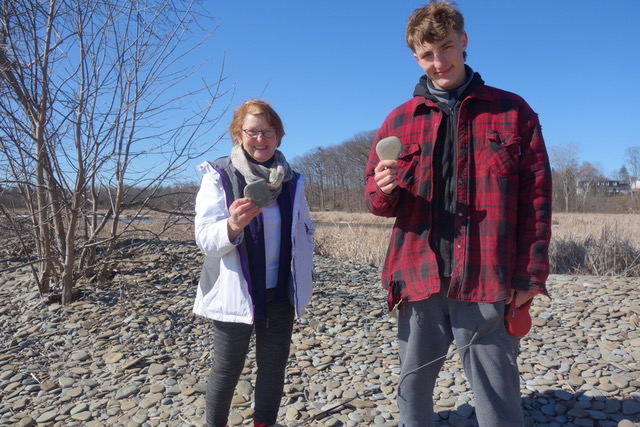

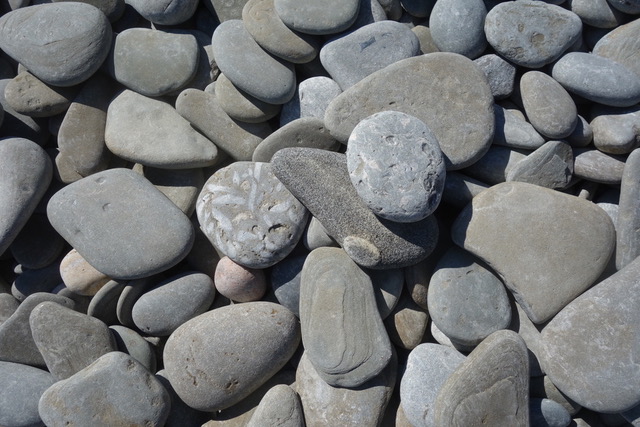




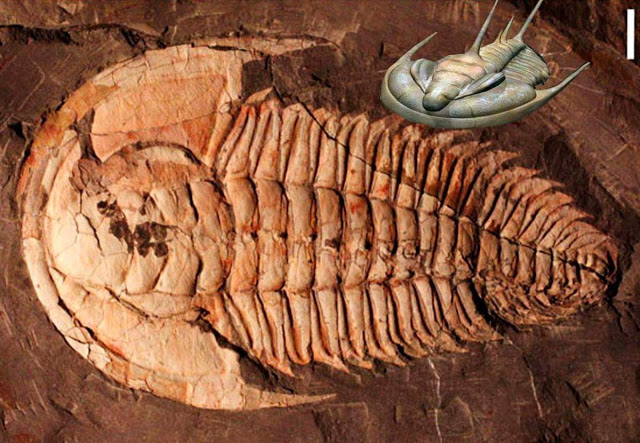
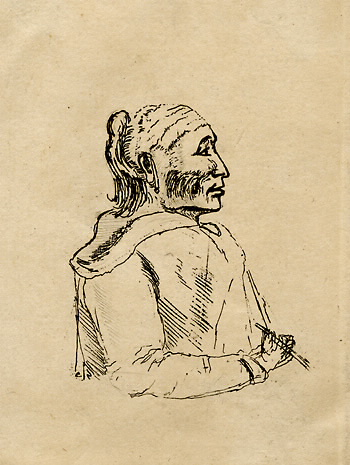 firstnations.innisfillibrary.ca/wp-content/uploads/2018/08/Canise-or-Great-Sail-an-Ojibwa-Chief-Simcoe-Elizabeth-Posthuma-Gwillim-1762-1850-Picture-1794-English-226×300.jpg 226w,
firstnations.innisfillibrary.ca/wp-content/uploads/2018/08/Canise-or-Great-Sail-an-Ojibwa-Chief-Simcoe-Elizabeth-Posthuma-Gwillim-1762-1850-Picture-1794-English-226×300.jpg 226w, 


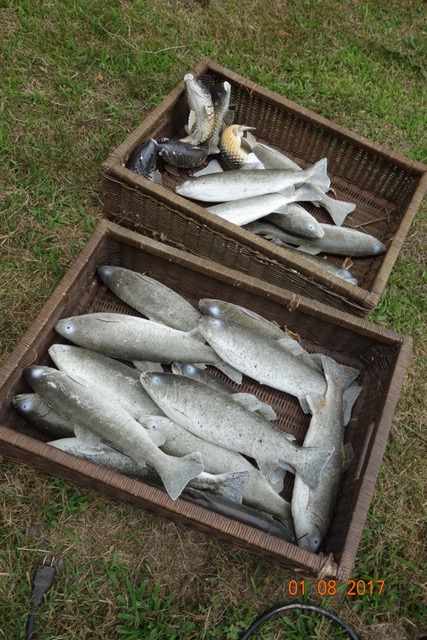
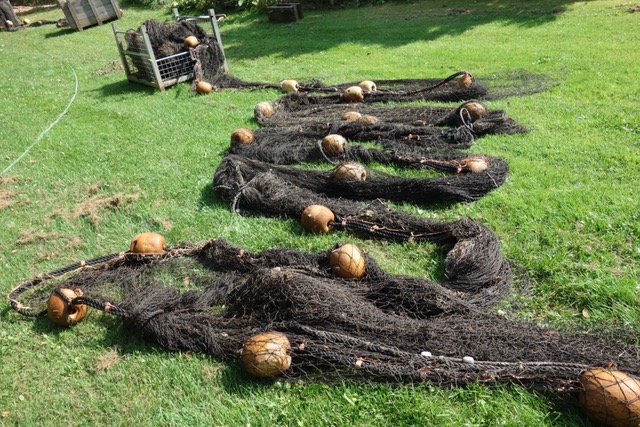
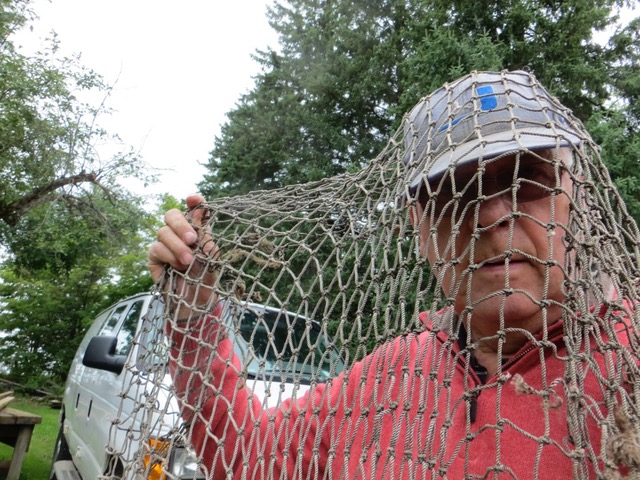
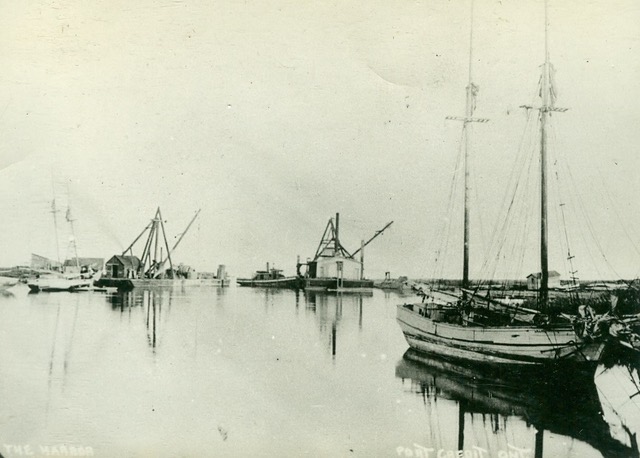
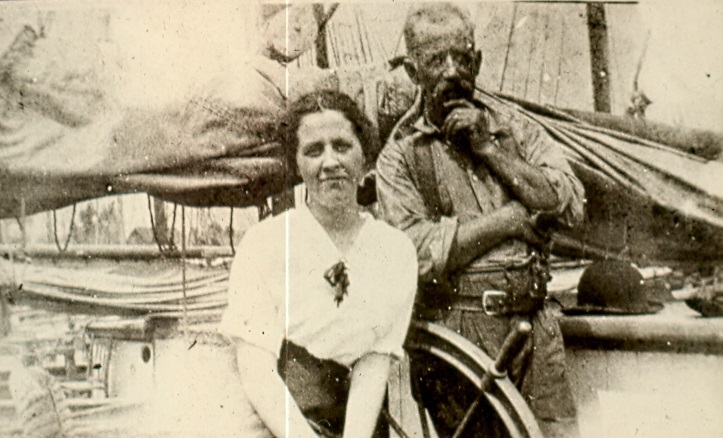 heritagemississauga.com/wp-content/uploads/2020/09/Unknown-People-Stonehookers-of-Port-Credit-300×182.jpg 300w” sizes=”(max-width: 723px) 100vw, 723px” apple-inline=”yes” id=”601D5FA6-2B44-414F-B6D4-6685AA5B8795″ src=”http://alanskeoch.ca/wp-content/uploads/2021/04/Unknown-People-Stonehookers-of-Port-Credit.jpeg”>
heritagemississauga.com/wp-content/uploads/2020/09/Unknown-People-Stonehookers-of-Port-Credit-300×182.jpg 300w” sizes=”(max-width: 723px) 100vw, 723px” apple-inline=”yes” id=”601D5FA6-2B44-414F-B6D4-6685AA5B8795″ src=”http://alanskeoch.ca/wp-content/uploads/2021/04/Unknown-People-Stonehookers-of-Port-Credit.jpeg”>